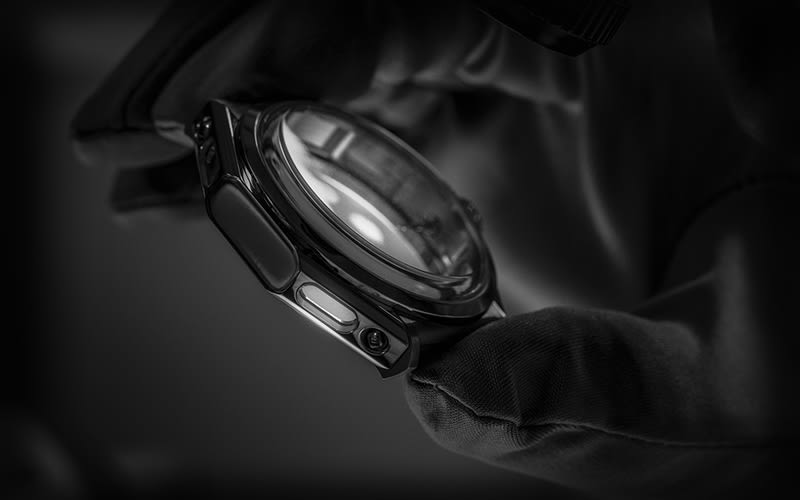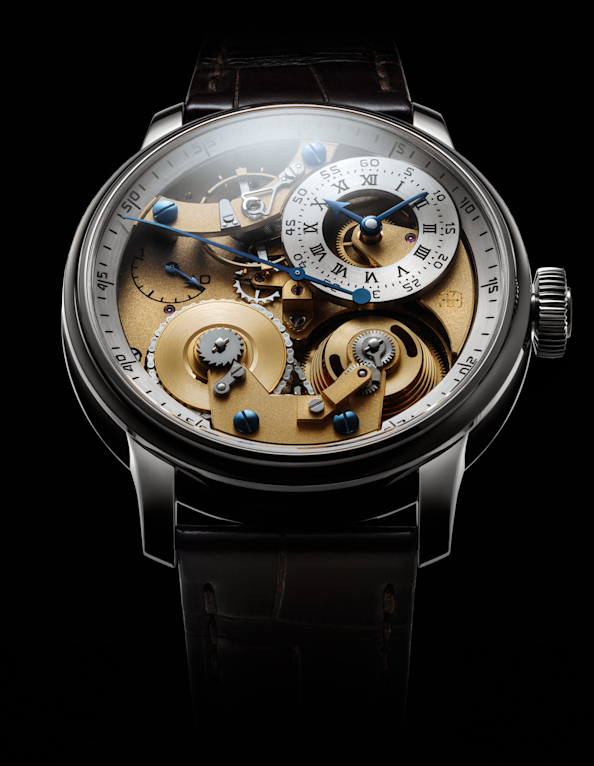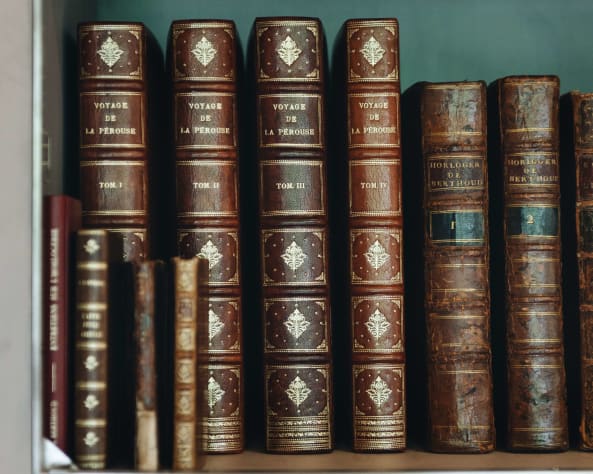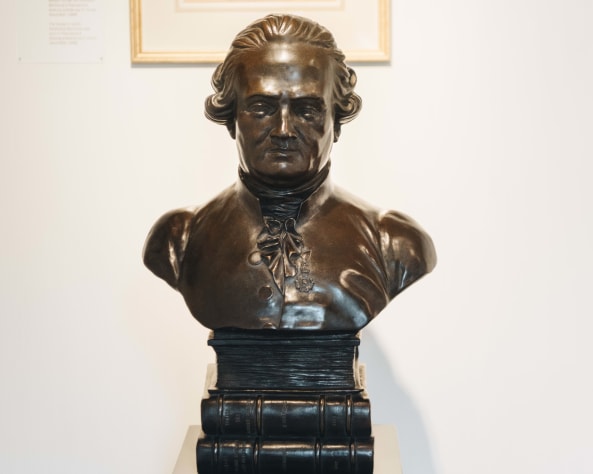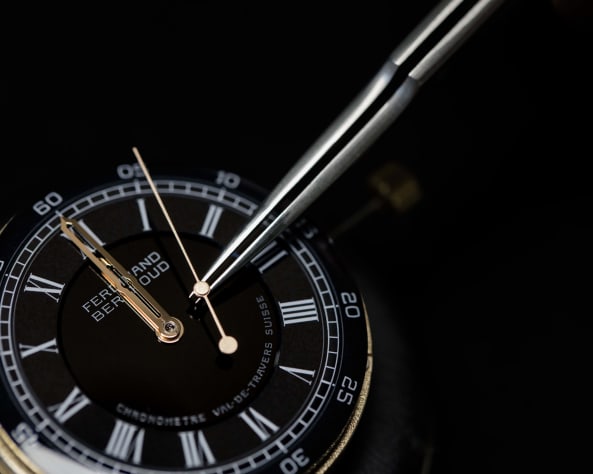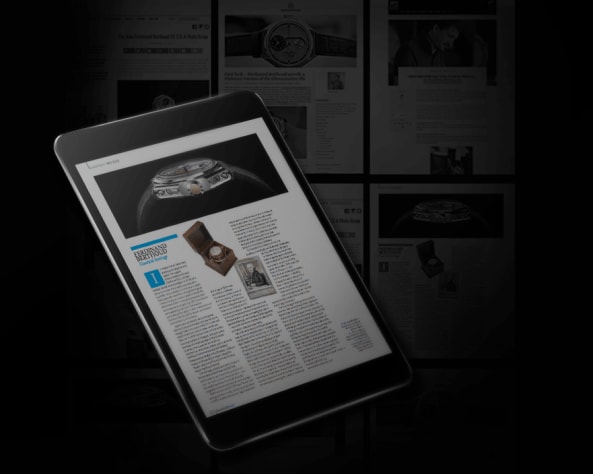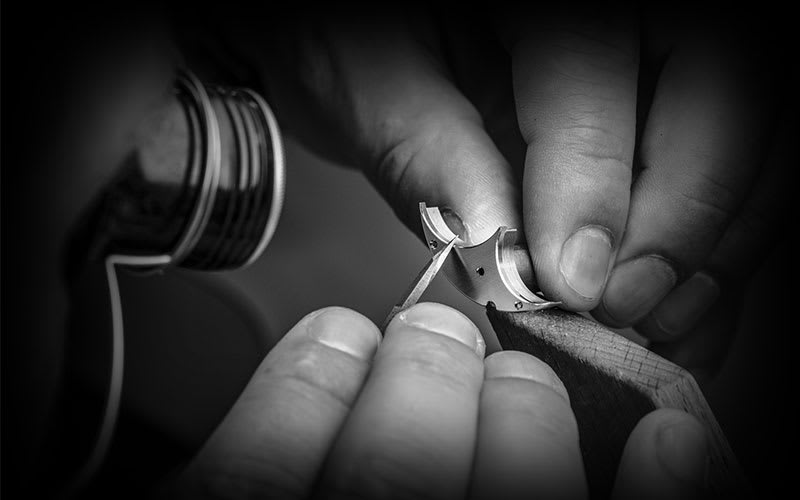
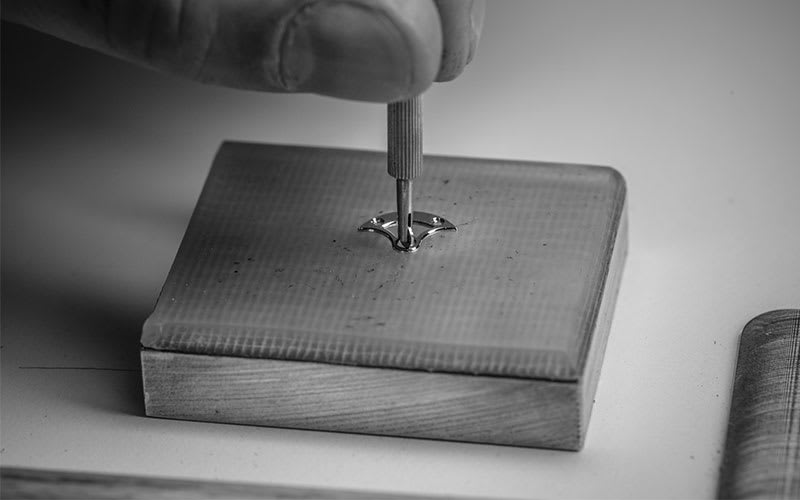
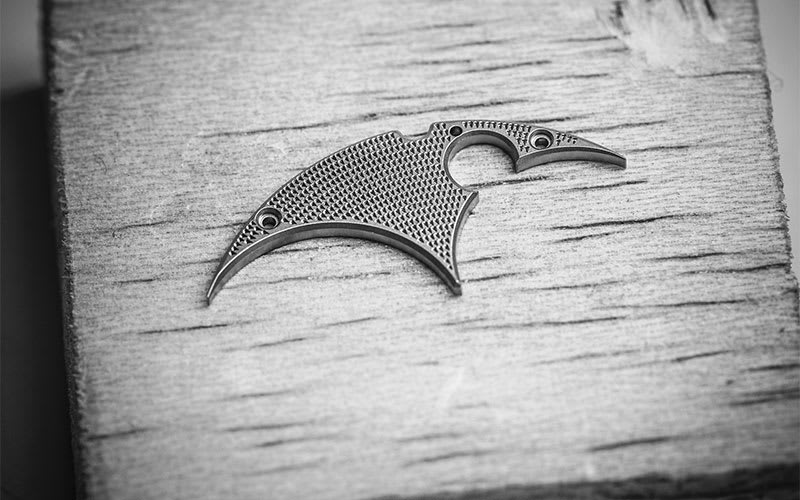
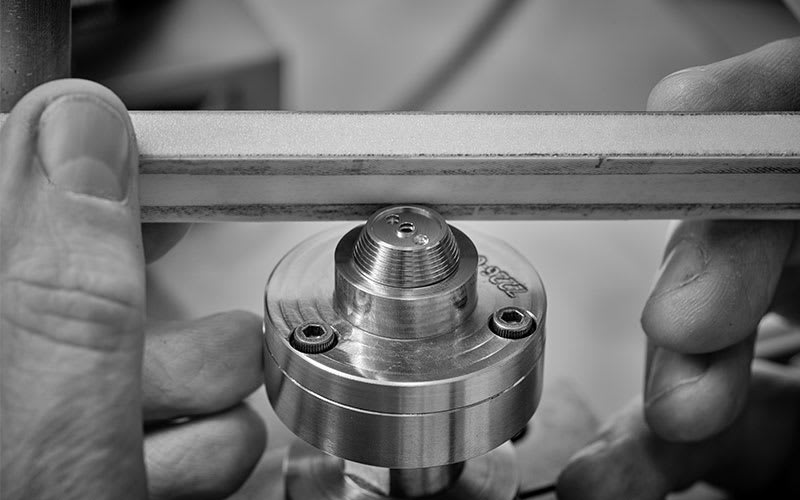
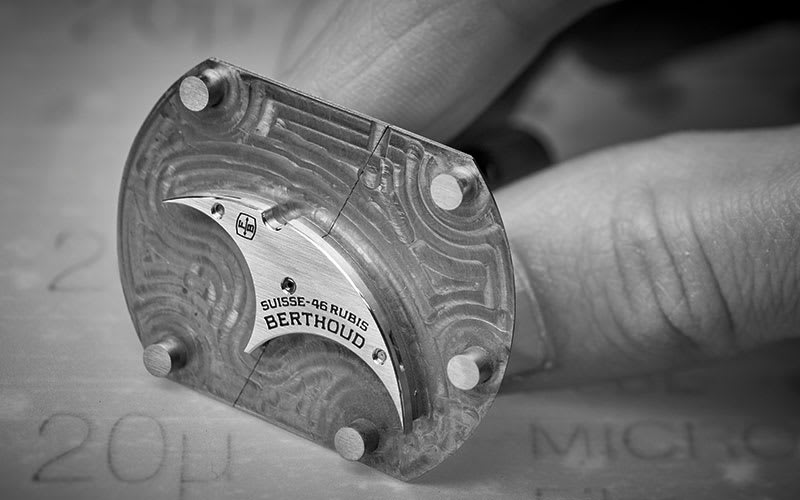
Ferdinand Berthoud’s creations have quickly established themselves as providing the ultimate in terms of finishes and decoration. We take a closer look at an art form in its own right that spans the centuries – and in which even the invisible has to be absolutely perfect.
No Fine Watch worth its salt can be without hand finishings – and indeed, at Ferdinand Berthoud, this principle is a cast-iron rule. So much so that no industrial finishing tools are allowed in the manufacture at all: gold, platinum, nickel silver, bronze, and steel are all fashioned there by human hands.
As a result of this policy, each and every watch is unique. The angles are polished using gentian wood. The stem of this mountain plant is cut and delicately rubbed over the surface in question to produce a special sheen. It’s a process that dates back centuries – and is still used by Chronométrie Ferdinand Berthoud.
250 years’ worth of traditions
Like his parents before him, Ferdinand Berthoud was born in Val-de-Travers, as was the Chronométrie that bears his name. Given all that history, mere “Cotes de Genève” decorations simply won’t do. Traditional Fine Watchmaking finishes such as polishing, satining, circular graining, drawing, moulding, and so on are however very much in evidence. Each component has its own particular finish.
Chronométrie Ferdinand Berthoud doesn’t simply finish the parts that can be seen, either. Finishings are also applied to the invisible parts (or more accurately, those parts that will be seen only by the watchmaker when servicing the watch). The entire movement is decorated – even the parts that can’t be seen unless the watch is taken apart, such as the inside of the case, the undersides of all the bridges, pinions, gears, and more besides.
Set to last another 250 years...
The governing principle for all Ferdinand Berthoud’s developments is that of excellence, and not just for the watchmaking itself. Perpetuating Ferdinand Berthoud’s legacy involves carrying on the work of a man whose watches were made for the King of France, as well as the crowned heads and nobility of other European countries. The standards for decoration and finishing were the very highest – and remain so today. For instance, the movement’s components are inspected, not with a 2.5x magnifying glass, as is customary, but with a 6.7x glass, a requirement almost unique in Fine Watchmaking.
Materials created to last centuries
The manufacture now guarantees the durability of its finishings. The firm has developed a case made from case-hardened steel for its FB 1R regulator model, a process which consists in packing a steel case with carbon molecules at high pressure. The aim is to remedy its natural porosity. Saturating the material using this method is the only way of ensuring the watches’ exceptional durability. Indeed, durability was characteristic of Ferdinand Berthoud’s own creations – all of which are still in perfect condition over 250 years later.
Did you know?
The L.U.CEUM in Fleurier has a unique astronomical clock, made by the watchmaker-mechanic himself in around 1775. In addition to its technical qualities, Chronométrie Ferdinand Berthoud was particularly fascinated by the attractiveness of its base, whose marble forms a most unusual chequered pattern – this inspired the pyramid pattern decoration. However, the base of this clock was not originally part of the clock itself, and the manufacture is keen to remain absolutely faithful to Ferdinand Berthoud’s original meticulousness: the firm’s creations must feature only the style of Berthoud’s clocks and chronometers and nothing else – not even their base! As a result, the firm subtly altered the angles on the pattern, so that they differ from the 1775 chequered pattern.
Watch the video
Next article
Episode 4 - The art of case construction
